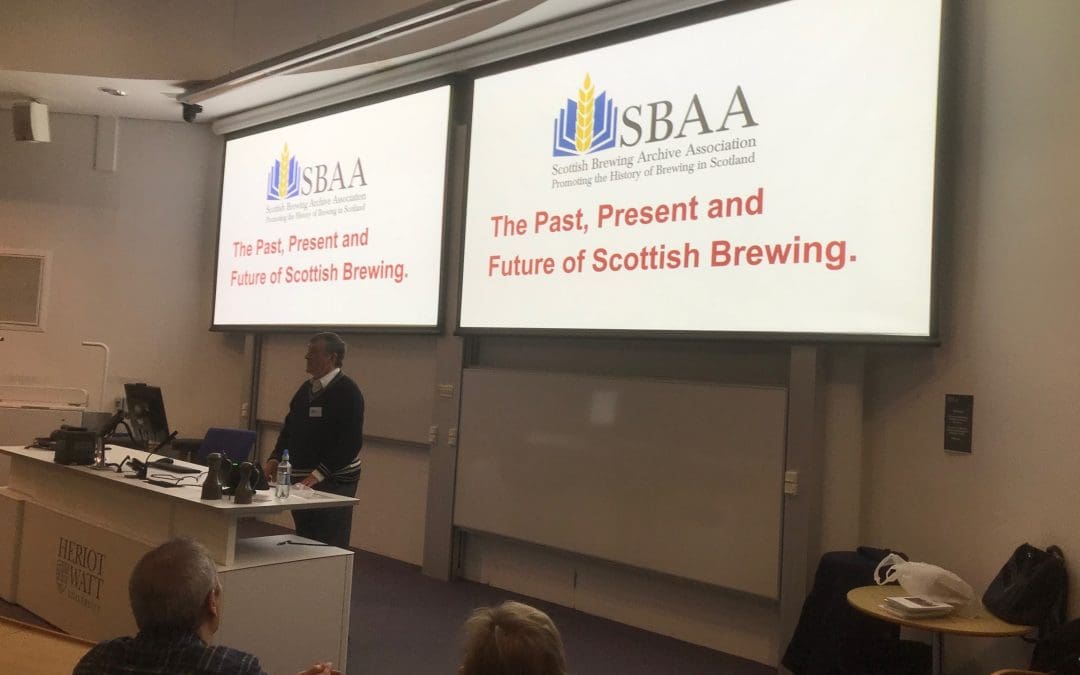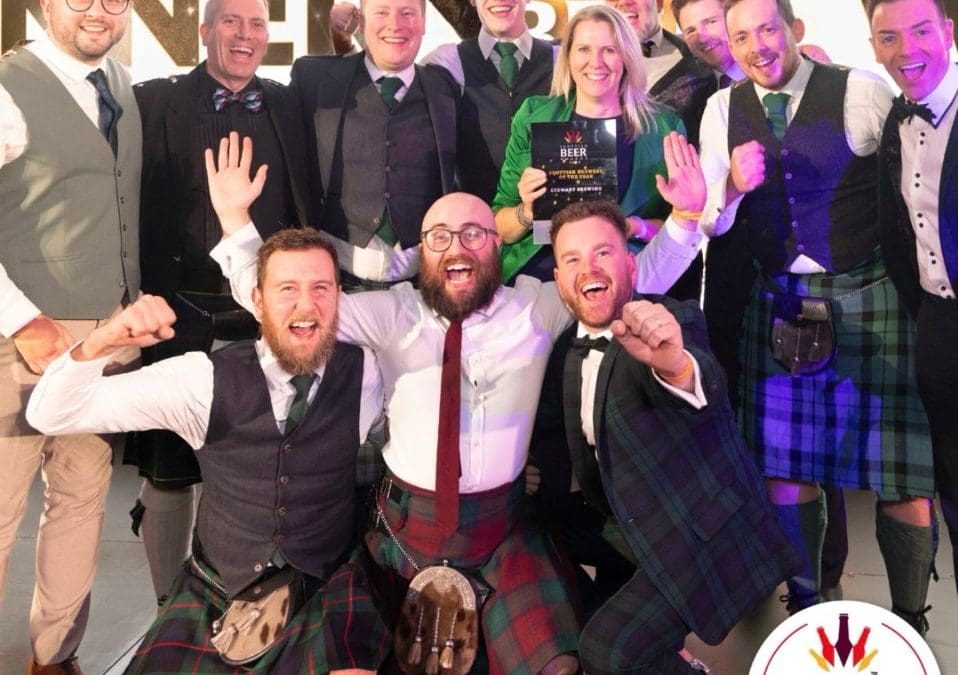1. Chairman’s Statement
Hope all is well with everyone during these troubled times. With the roll-out of the COVID vaccine, there is room for optimism, by looking forward to a brighter future later this year.
This year marks an important landmark for anniversaries, firstly CAMRA marks 50 years of successful campaigning, then the Scottish Brewing Archive was formed 40 years ago and 30 years ago the SBA was transferred to the University of Glasgow, where it is currently housed. You can read further details of these important milestones in this Newsletter.
Articles for this years Annual Journal are well on their way, so many thanks to all who contributed. It is amazing that there is so many beer related stories and good that we can build on further history of brewing in Scotland, directly or indirectly.
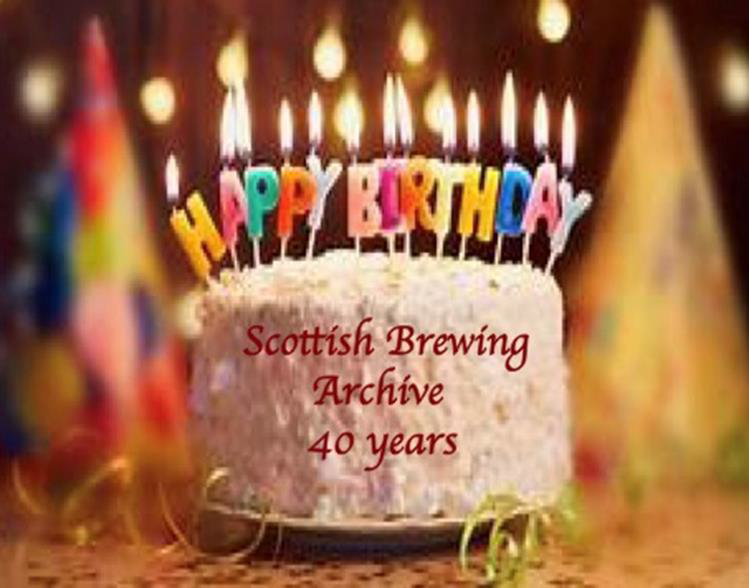
2. The Scottish Brewing Archive at 40
This year marks forty years since the Scottish Brewing Archive (SBA) was formed by Heriot-Watt University, therefore it is important to recognise this milestone in some way. It was Sir Geoff Palmer, the founder of the SBA, who told how it came about, and his story is detailed in the 2014 Annual Journal. Heriot-Watt who provides a brewing qualification, and still does, were well aware of the many brewery closures that were taking place in the 60s and 70s and decided to take action, with the aim of preserving many of the historical records held by breweries. Led by Anna Macleod, Alex Anderson and Geoff Palmer an Advisory Board for the SBA was formed, as follows. Chairman: Anna MacLeod. Emeritus Professor of Brewing. Heriot-Watt Director: Alex Anderson. Heriot-Watt University Librarian. Secretary: Dr. G.H.Palmer. Dept of Brewing & Applied Biochemistry. Heriot-Watt Members of the Board3. Happy birthday from the Archives & Special Collections Team!
Thirty years ago, the University of Glasgow was delighted to provide a new home for the Scottish Brewing Archive. In many ways, the University was a natural fit for the Archive; since the 1960s the University had been working to support the preservation of Scotland’s industrial and economic heritage. This collecting activity had brought together the records of Scottish shipbuilding, engineering, mining, locomotive construction, and textile industry. At the same time as the Scottish Brewing Archive came to Thurso Street, the University was building up its whisky industry archives, ensuring that we cover (almost) all aspects of Scotland’s drinks industry. The value of the Scottish Brewing Archive is due to the breadth and depth of its coverage of the industry. The brewing archives include records of so many of Scotland’s breweries; from those which were small and local in scale, through to the major players which came to dominate the Scottish brewing landscape: McEwans, Youngers, and Tennent’s in particular. The importance of brewing to the local economies, such as Edinburgh’s, becomes apparent as we browse the collections – 37 collections from companies based in Edinburgh. A similar browse through volumes of labels, advertising, and trademarks allows a glimpse into the international dimension of this Scottish industry.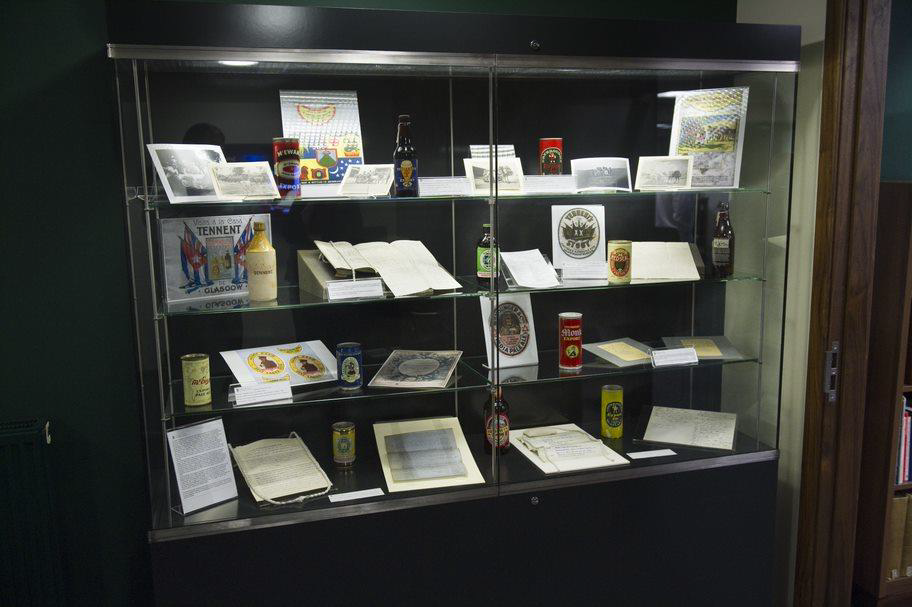
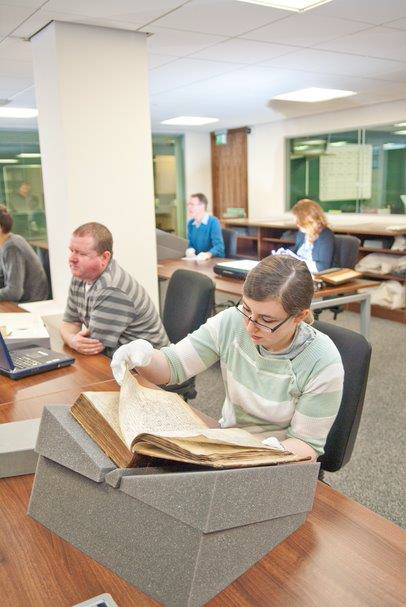
4. The way we were Part 3 :
Roger Putman continues to look back over the last 50 years. This time he looks back at packaging and the pub (Parts I & II appeared in Newsletters No. 45 & 46). The following are extracts of Roger’s article that appeared in the Sept. 2020 issue of the ‘Brewer & Distiller’ publication. Cask & Keg Cask racking was noisy due to the vast scale, but operations were much as they are today. The beer in cask was clarified using isinglass finings and usually injected into the cask at dispatch. Isinglass is the dried swim bladder of various tropical fish e.g. sturgeon.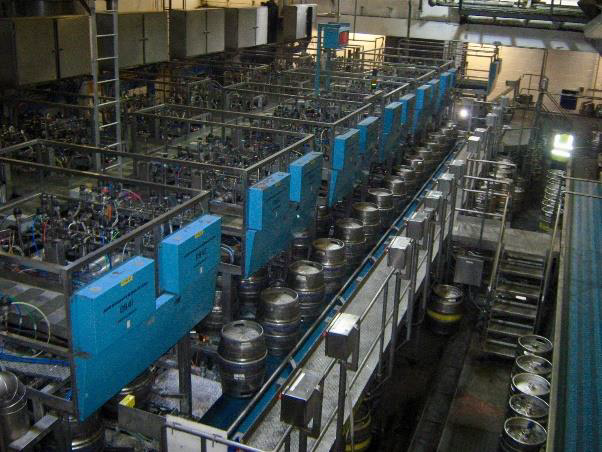
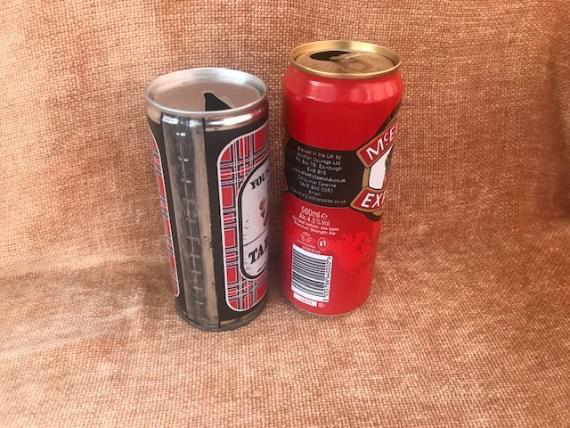
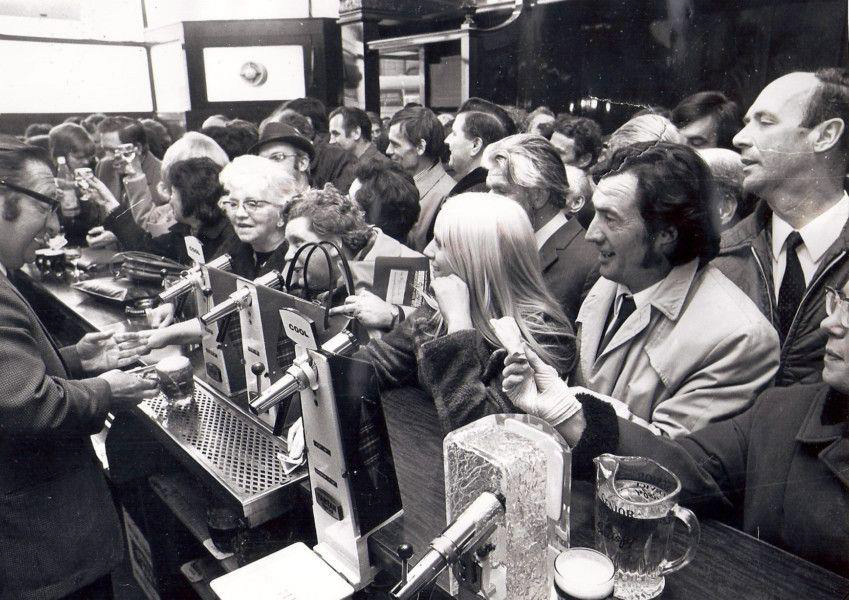
5. CAMRA at 50

6. Name the Brewery ?
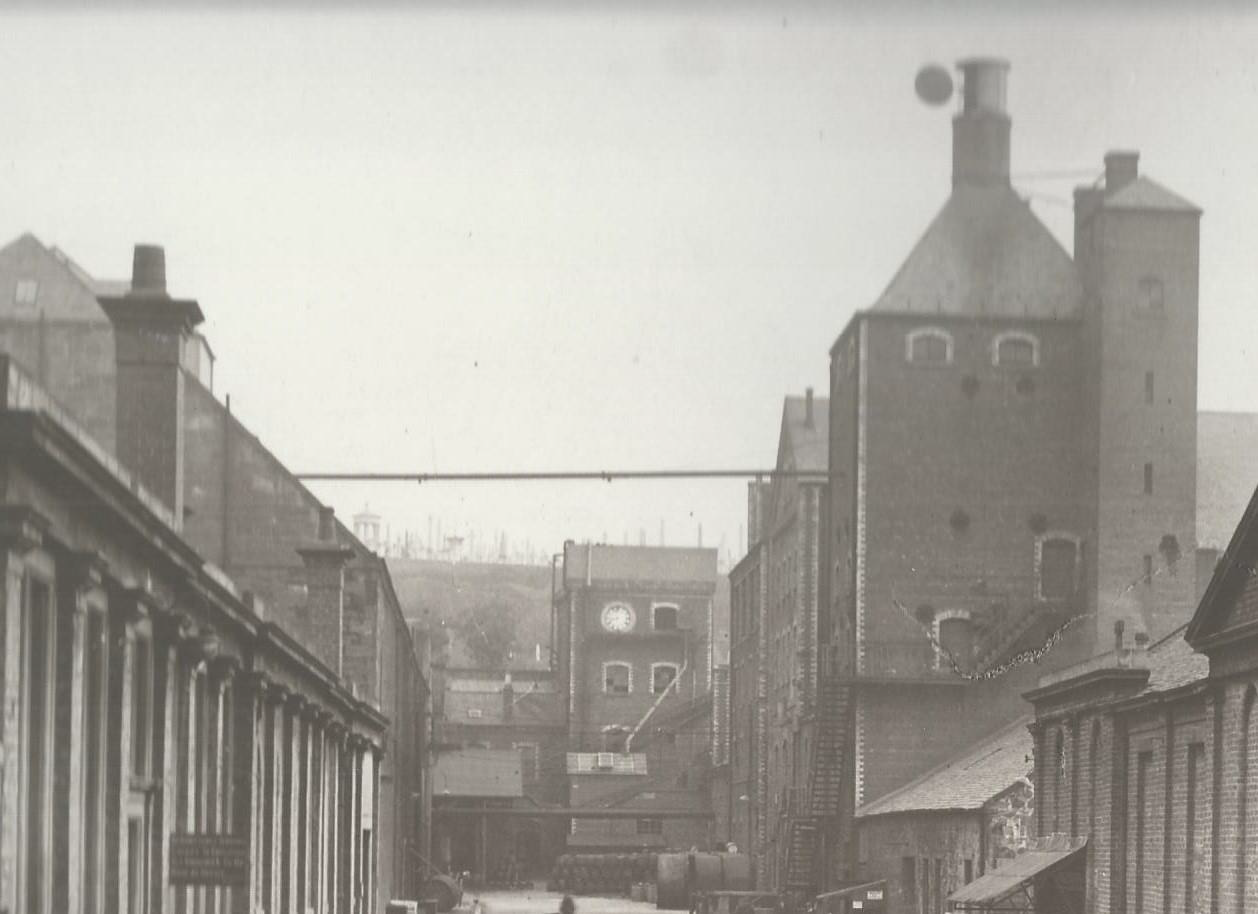
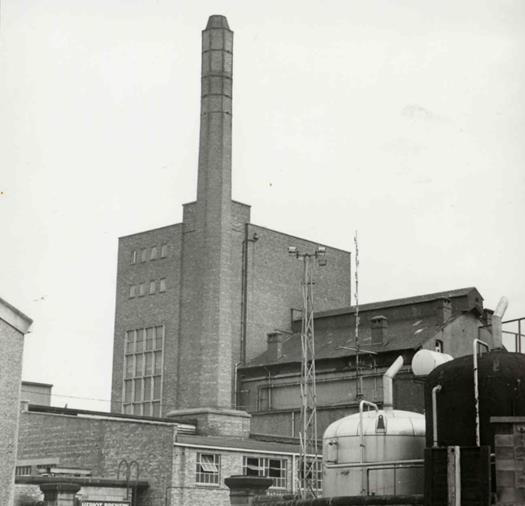
If you have any old photos in your personal collection please send them in , particularly if they haven’t been seen before by a wider audience , the SBAA is your showcase.
7. Last Runnings
![]() Thanks for the positive feedback following the on-line SBAA presentation given by the Chairman on 25th February. It was so successful, CAMRA have requested John to give the Zoom presentation to their membership. Some SBAA members contacted me to say they were unable to attend the original presentation but would have liked the opportunity. I will let them know when the CAMRA presentation is due and give them advanced notice.
Thanks for the positive feedback following the on-line SBAA presentation given by the Chairman on 25th February. It was so successful, CAMRA have requested John to give the Zoom presentation to their membership. Some SBAA members contacted me to say they were unable to attend the original presentation but would have liked the opportunity. I will let them know when the CAMRA presentation is due and give them advanced notice.
![]() Robbie Pickering, SBAA committee member, points out that Yeast archaeology is quite a popular niche these days. Some of the trendiest beers are made with yeast that originates from farmer-brewers in Norway and Lithuania, and a few small breweries in Berlin have re-cultured yeast from 40- and 50-year-old bottles of Berliner Weisse from defunct breweries. Bottles of the McEwan’s stout retrieved from the wreck of the Wallachia (see SBAA Journal 2020) have now been analysed at Brewlab and the beer was found to contain the expected Brettanomyces and also Debaromyces and S. bayanus. Published in the IBD Journal onlinelibrary.wiley.com/doi/full/10.1002/jib.641
Robbie Pickering, SBAA committee member, points out that Yeast archaeology is quite a popular niche these days. Some of the trendiest beers are made with yeast that originates from farmer-brewers in Norway and Lithuania, and a few small breweries in Berlin have re-cultured yeast from 40- and 50-year-old bottles of Berliner Weisse from defunct breweries. Bottles of the McEwan’s stout retrieved from the wreck of the Wallachia (see SBAA Journal 2020) have now been analysed at Brewlab and the beer was found to contain the expected Brettanomyces and also Debaromyces and S. bayanus. Published in the IBD Journal onlinelibrary.wiley.com/doi/full/10.1002/jib.641
![]() We would like to welcome new members. David McGowan, Nathan McConway and Belhaven members Billy Mathers, Bryan McCraw, Steven Sturgeon.
We would like to welcome new members. David McGowan, Nathan McConway and Belhaven members Billy Mathers, Bryan McCraw, Steven Sturgeon.
![]() And finally. Most of our corporate members have on-line services. Why not visit their websites and try some of the interesting beers on offer. Just click on their logo to find them via this link.
And finally. Most of our corporate members have on-line services. Why not visit their websites and try some of the interesting beers on offer. Just click on their logo to find them via this link.
www.scottishbrewingarchive.co.uk/sponsors
*editors inclusion
Correspondence to the SBAA Secretary ivor.reid@sky.com
